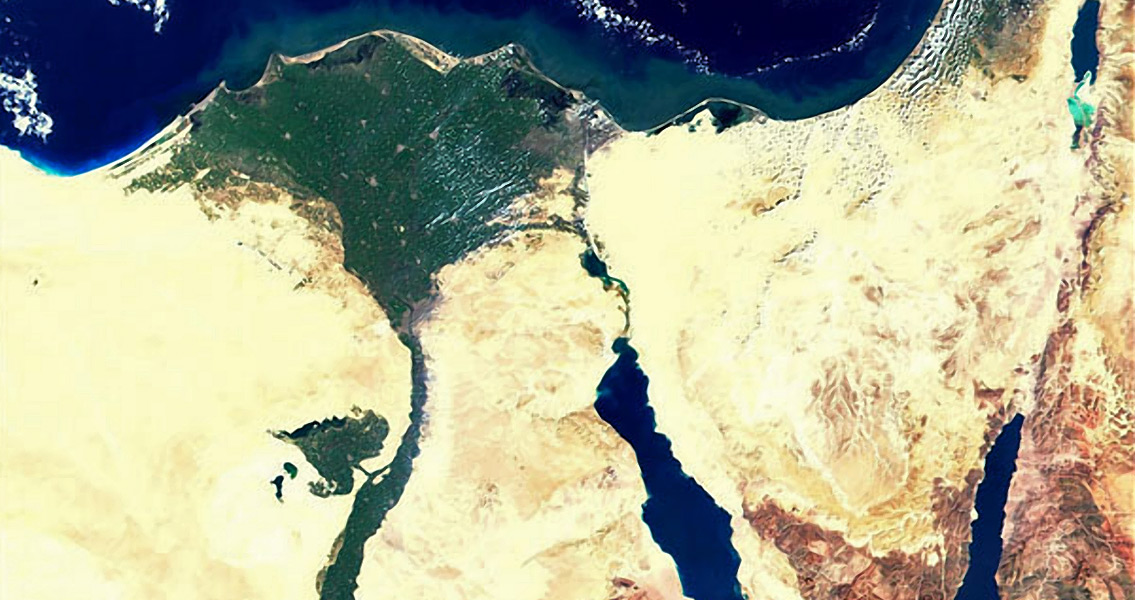<![CDATA[A volcanic eruption on the island of Santorini that occurred some time between 1639 and 1616 BCE, combined with instances of seabed slippage, may have inspired the Biblical account of the Exodus, according to two researchers from the University of Seville. The eruption was one of the largest in the last 10,000 years, writes Spanish science website SINC, and led to the release of large amounts of lava into the Aegean Sea, as well as rocks from the volcano’s crater, which collapsed because of the power of the eruption. These events caused tsunamis with heights between seven and fifteen metres and these tsunamis sent characteristic sedimentary deposits along the nearest coasts. Besides the distribution of deposits, the tsunamis may have been the cause of the first of the Egyptian plagues described in the Bible, the flood. The secondary effects of the eruption may be the explanation behind the rest of the plagues, the authors of a paper published in the Journal of Marine Science and Engineering believe. However, these tsunamis were not the only event at the time that later may have become the basis for a Biblical story. The two researchers, Raul Perianez and Jose Maria Abril Hernandez, believe that the volcanic eruption coincided with a seabed slippage off the Libyan coast, in the Gulf of Sirte, which led to the displacement of some 11 cubic kilometres of sediment across the Ionian seabed. The two events combined may have generated enough energy to explain the volcanic deposits found off the coast of Italy. In addition, Perianez and Abril told SINC one further slippage event that also created tsunamis, this time in the Nile Delta, could explain similar deposits near the coast of Israel. The two researchers conducted numerical simulations of fluid dynamics to reach the conclusion that the similar deposits found near coasts so distant from each other were caused by a combination of events that triggered “intense tectonic stress release,” SINC quotes the authors as saying. So, what does all this have to do with Exodus and the Parting of the Seas? The link is not literal, the researchers stress, but these events may have inspired the Biblical account. Based on the route that Moses took to lead the Israelites out of Egypt, the most likely place where “the parting of the waters” took place is Migdol, a location on Egypt’s Mediterranean coast, on the banks of the Shi-Hor lagoon. In other words, the Biblical reference to the Red Sea seems to be a translation error, the scientists suggest, after doing simulations recreating the ancient Egyptian waterfront in this area. The authors of the study acknowledge that the idea that the Minoan Santorini eruption inspired the Exodus story is not new. Combining the results they got from their simulations with archaeological studies done in the area however, has revealed the eruption alone could not have accounted for the effects that many take to be the basis of the Parting of the Sea story. The authors suggest that combined with the two slippage events, the volcano could have led to these effects. The conclusion of Perianez and Abril is that the Biblical story of Exodus was inspired by more than one actual geological event. For more information: A Numerical Modelling Study on the Potential Role of Tsunamis in the Biblical Exodus” ]]>
Natural Disasters May Have Inspired Exodus
